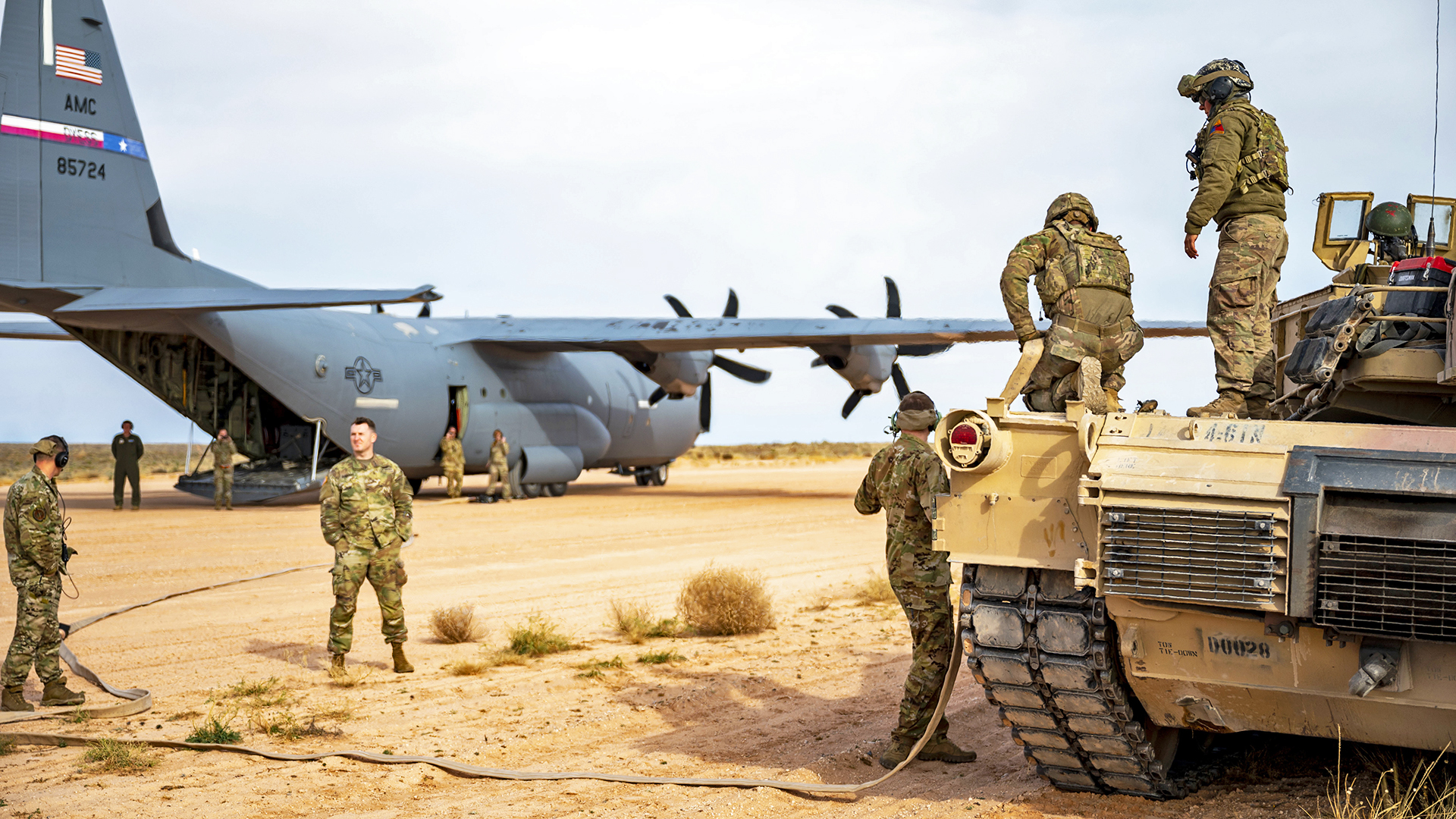The U.S. Army and Air Force recently teamed up to demonstrate how a C-130J Super Hercules transport aircraft could be used to refuel M1 Abrams tanks. The exercise was intended to explore how this could be done all while the C-130J’s engines are running, a method that is often employed in an operational environment when dwell time needs to be kept at a minimum. However, doing so between a Super Hercules and an Abrams is a particularly intriguing development, and it isn’t clear if this has been demonstrated before.
According to images released by the Defense Department, the event took place at Fort Bliss in Texas on Dec. 9. Army members assigned to the 1st Armored Division, which is based at Fort Bliss, participated along with airmen from the 40th Airlift Squadron out of Dyess Air Force Base in the same state to further demonstrate service interoperability on top of the refueling exercise.
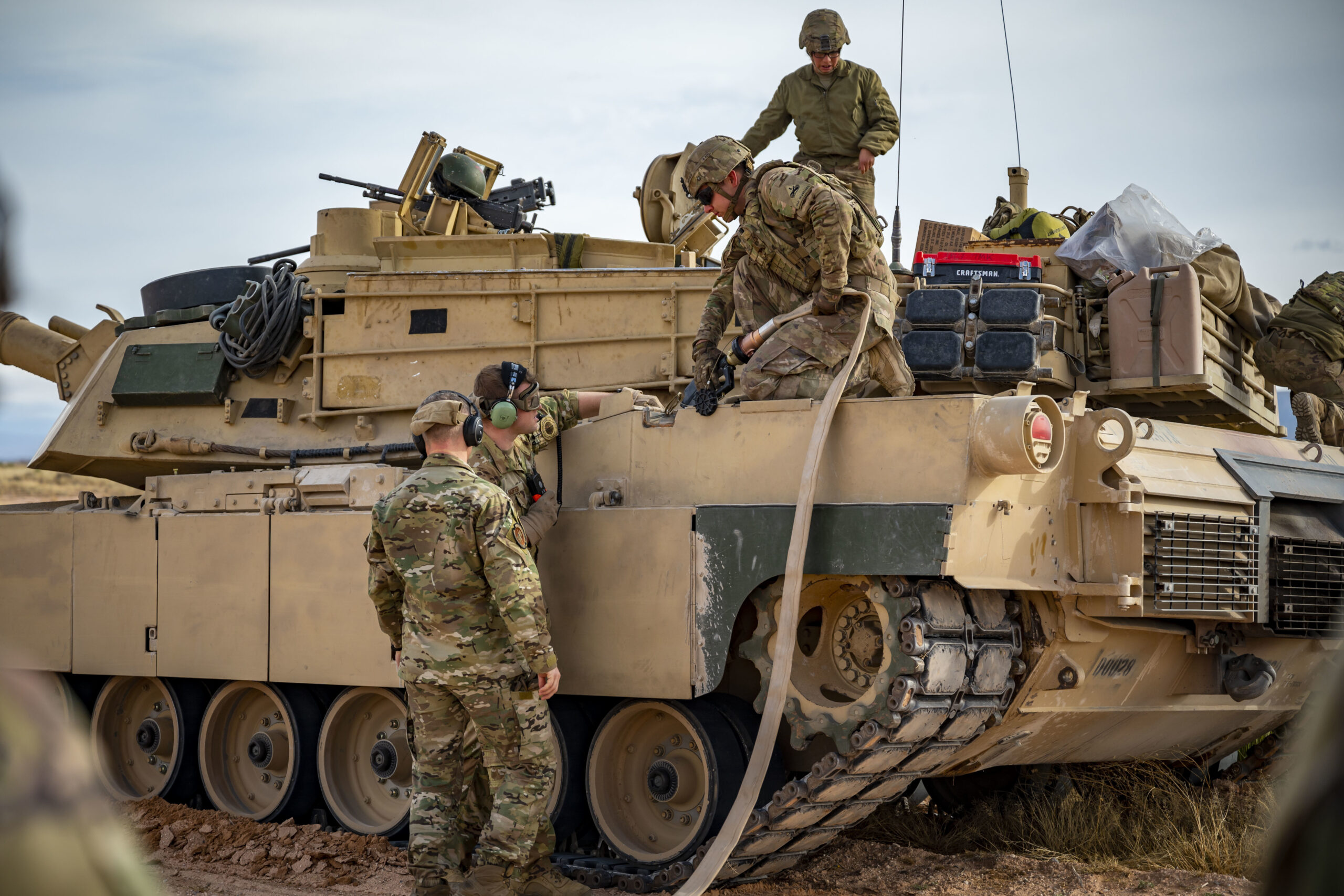
The drill consisted of both units conducting a ‘dry run’ to assess feasibility, equipment familiarization, and rehearsal of fueling operations using an Emergency Response Refueling Equipment Kit (ERREK). An ERREK is described by the Air Force as specialized fueling equipment that is used during ‘hot pit’ refueling and “allows for interoperable and mobile fuel support.”
Hot pitting, in military aviation parlance, means refueling an aircraft while its engines remain running. This is done to increase sortie generation rates, especially during a crisis or time of war, but it is also used in training. Beyond speeding up the refueling, relaunching, and general turn-around process, weapons may also be replenished as part of a forward arming and refueling point (FARP) concept. Regardless, shutting an aircraft’s engines down can also drastically increase the chances that it will have an issue that needs to be worked on. So, by hot pitting, even during training, more time can be had in the air with more certainty. Even aircrews can be swapped out during hot pitting operations.
In this case, the C-130 is actually acting as the refueler while its engines are running, and the Abrams may keep its engine on too. Transport aircraft acting as impromptu refueling stations in austere locations for other aircraft is nothing new. It is also a key tenet of the Air Force’s emerging battle doctrine, but doing so for tanks is something different.

Information about ERREK, including what kind of platforms it is typically used with is scant, which could suggest that it’s a newer tool altogether or a modification of an existing one. ERREK seems broadly similar to the lightweight and air-transportable Forward Area Refueling Equipment Kit used by the Army and Air force primarily for aircraft operating in forward areas, though it is unclear if the two devices are actually related.
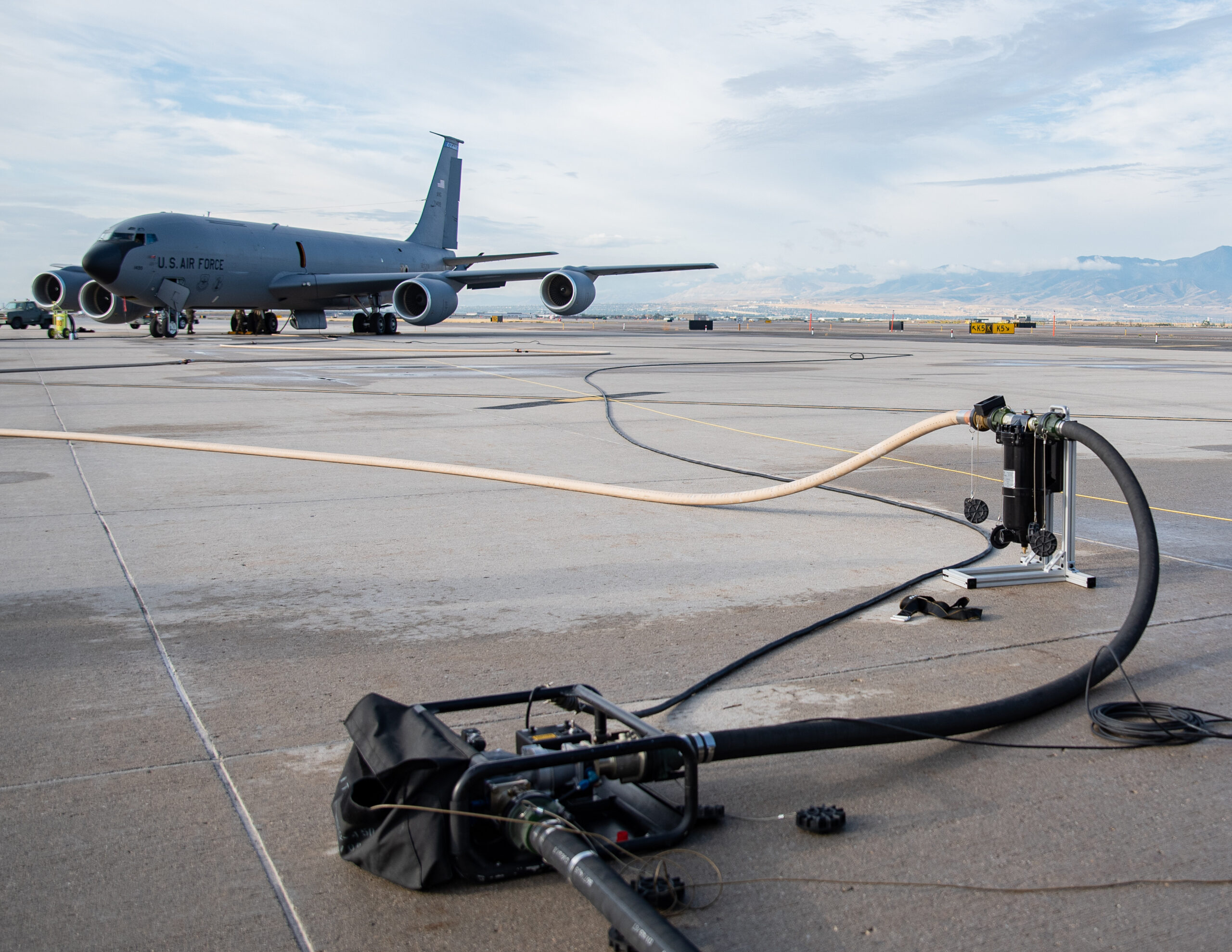
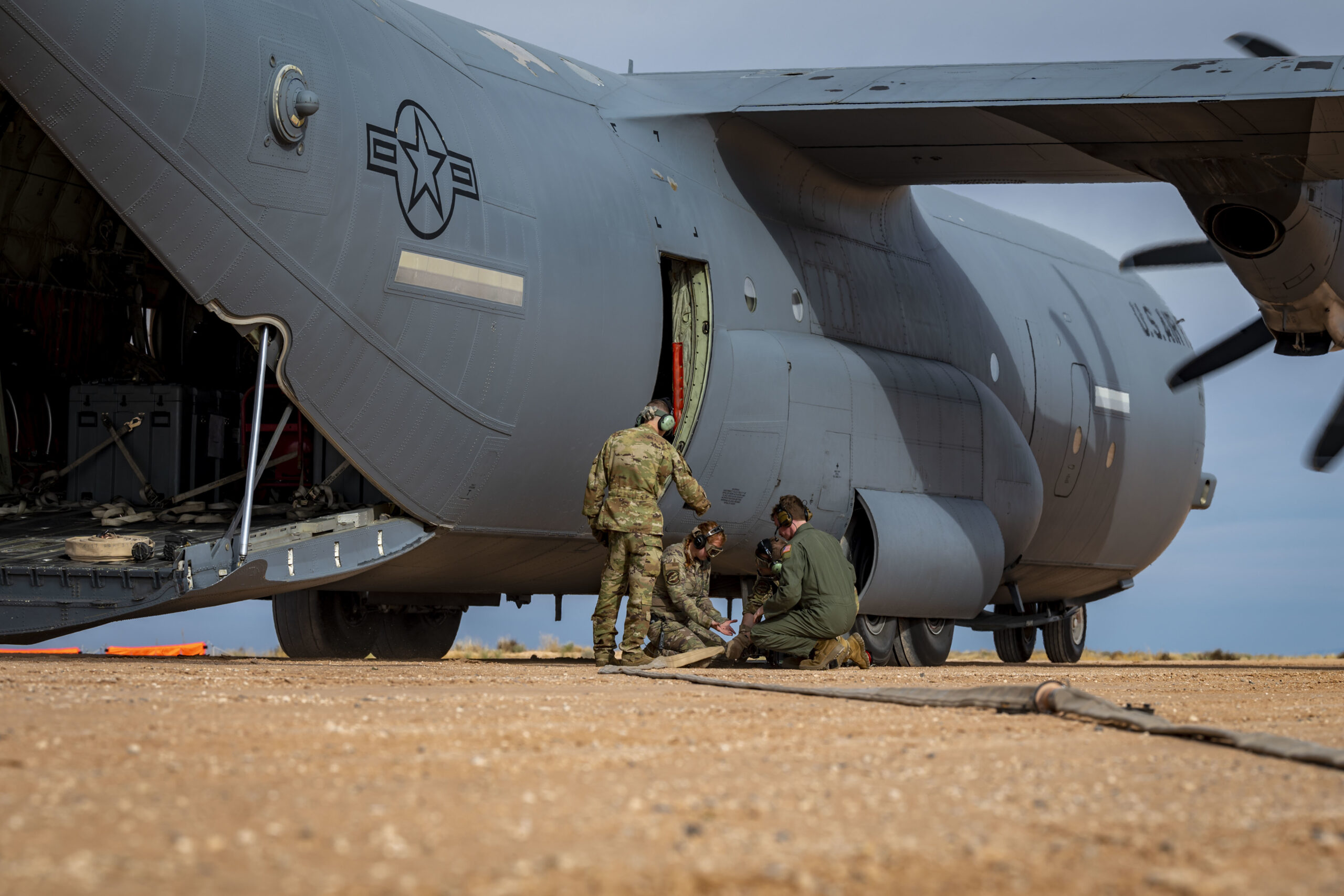
The War Zone has reached out to both the Army and Air Force for extra details about ERREK, the extent to which the refueling was simulated for this particular exercise, what exactly that entailed, and whether this is the first time such an exchange has been practiced, but has yet to hear back.
As noted earlier, hot pit refueling an Army tank with a transport aircraft seems to be something of a rarity. Although, it makes sense as Army units, in general, require huge amounts of fuel to sustain combat operations, especially in high-intensity operations as opposed to lower-intensity fights.
The Army’s armor has particularly high fuel demands, and the M1 Abrams is the thirstiest of them all. Because of its gas turbine propulsion system, the M1 is a notoriously fuel-hungry tank. According to Global Security, the M1 possesses the capacity to hold up to around 500 gallons of fuel and requires approximately 300 gallons every eight hours depending on the mission and various environmental conditions. On top of that, an M1 gets only around 0.6 miles to the gallon and uses up about 60 gallons per hour when traveling cross-country distances. It can get roughly 250-300 miles on a tank of gas.
However, the M1 isn’t restricted by one specific kind of gas in order to run, as the tank is compatible with a variety of kinds of fuel, including diesel and, of course, jet fuel. Even though the M1’s engine can run using different fuels, which certainly increases its options in a pinch, it doesn’t change the fact that a substantial amount is still required to sustain its operations.
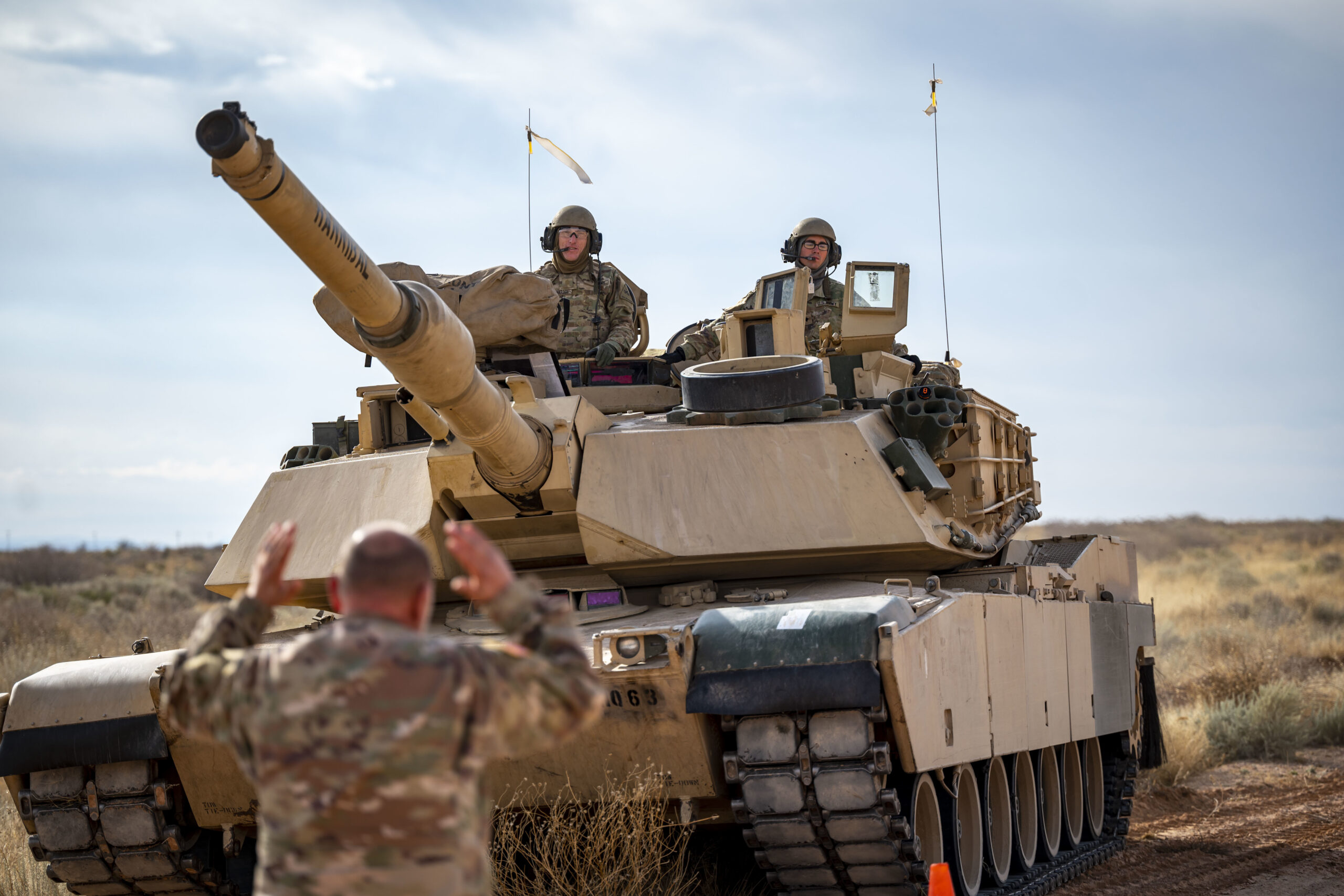
While it may not seem like much compared to the amount of gas gulped up by many military aircraft, for instance, such fuel consumption rates can put a significant strain on the logistics trains of distributed Army units equipped with M1 tanks. Getting gas forward, especially in rapidly moving expeditionary contexts, is a major challenge that the Army is perpetually faced with, which has been a driving factor behind developing the next-generation Abrams with a hybrid electric power plant. The extent of the Army’s sore spots with fuel, namely as it grapples with the prospect of having to remain operational for even a week if resupply was to be cut off or limited while deployed, can be read about in detail in this past War Zone piece here.
Granted, this doesn’t mean that C-130s and other transport planes flying gas in for Army units operating out of austere areas isn’t a common and practiced way to try and address these complications. It’s just that what’s most notable about this recent exercise is how Air Force transports directly refueling Army armor could become one part of a larger solution to these problems that would fit within the Air Force’s own hopes of operating in a more distributed manner under the Agile Combat Employment (ACE) philosophy.

ACE is an Air Force methodology that explores the different ways that forces can rapidly deploy to and from disparate and austere locations in theaters without sacrificing combat capability. While the Air Force is leading the charge in implementing this framework with its aircraft, the service is openly working with all branches of the U.S. military to assess how ACE can be employed jointly.
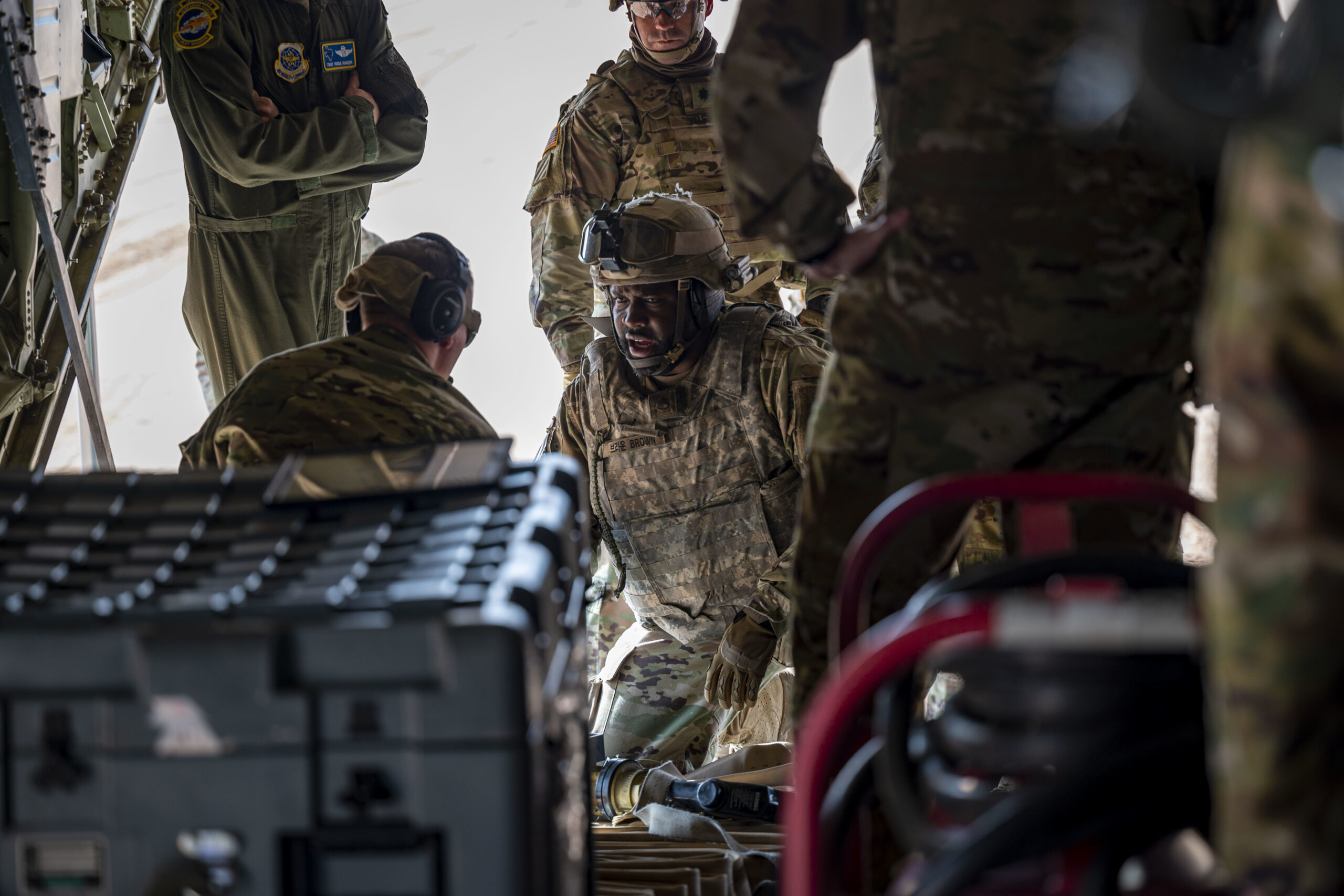
An exercise conducted in September, for example, saw the Utah Air National Guard challenged with ‘defueling’ a KC-135 tanker into an Army Heavy Expanded Mobility Tactical Truck. This exercise provided the soldiers with the chance to practice offloading fuel from a tanker into a platform that they may not have experience doing so with otherwise, thereby broadening the portfolio of vehicles that the KC-135 could refuel if needed as well as providing hands-on training to the airmen and Army fuels personnel.
All told, the recent hot pit exercise echoes the desires of both the Air Force and Army to establish and implement methodologies that will get fuel to small forward-operating units deployed to disparate locations more rapidly. This could also be for Army armor that is rapidly advancing beyond its own logistical tail.
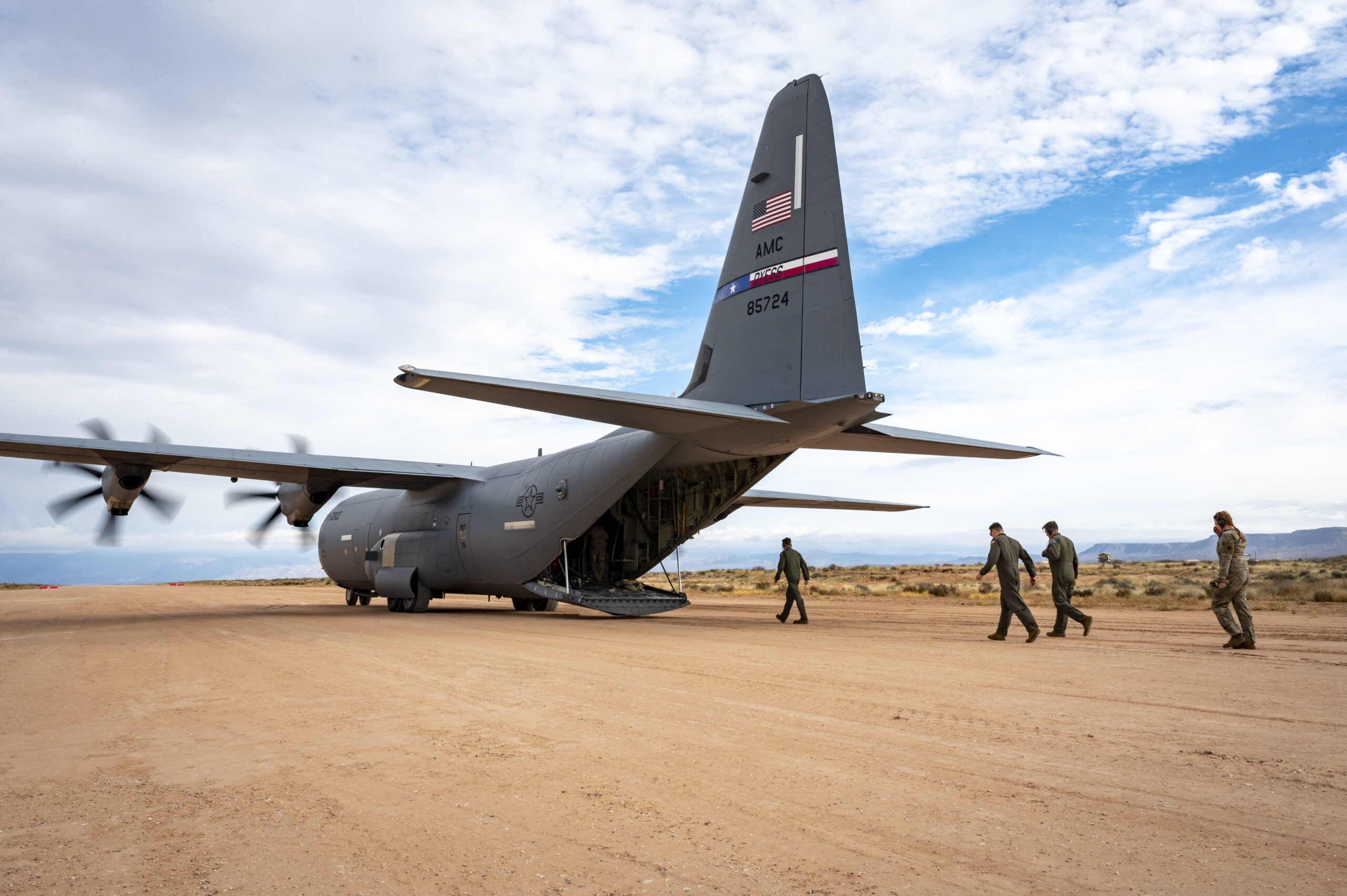
The Army and Air Force will come together once more for an ‘unsimulated’ version of this hot pit refueling exercise sometime next year, where we will likely get a better idea of how exactly the method may fit into distributed operations going forward.
Contact the author: Emma@thewarzone.com
